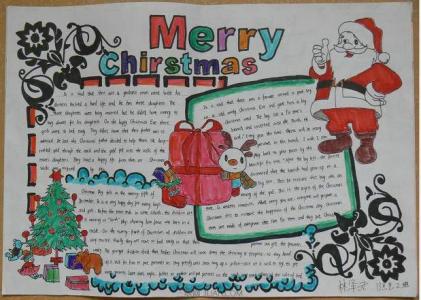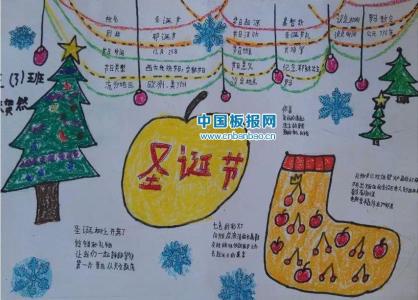the original Santa Claus, St. Nicholas, was born in the ancient southeastern Turkish town of Lycia early in the fourth century. His generosity was legend, and he was particularly fond of children. We know this primarily through Roman accounts of his patronage of youth, which eventually led to his becoming the patron saint of children. Throughout the Middle Ages, and well beyond, he was referred to by many names none of them Santa Claus.
Children today would not at all recognize the St. Nick who brought gifts to European children hundreds of years ago except perhaps for his cascading white beard. He made his rounds in full red-and-white bishop's robes, complete with twin peaked miter and crooked crozier. He was pulled by no fleet footed reindeer, but coaxed in indolent donkey. And he arrived not late on Christmas Eve, but on his Christian feast day, December 6. The gifts he left beside the hearth were usually small: fruit, nuts, hard candies, wood and clay figurines.
During the Protestant Reformation of the sixteenth century, St. Nicholas was banished from most European countries. Replacing him were more secular figures, who in general were not at center stage at that point in history..The Dutch kept the St. Nicholas tradition alive. As the "protector of sailors," St. Nicholas graced the prow of the first Dutch ship that arrived in America. And the first church built in New York City was named after him. The Dutch brought with them to the New World two Christmas items that were quickly Americanized.
In sixteenth century Holland, children placed wooden shoes by the hearth the night of St. Nicholas's arrival. The shoes were filled with straw, a meal for the saint's gift laden donkey. In retuurn, Nicholas would insert a small treat into each clog. In America, the shoe was replaced with the stocking, hung by the chimney.

The Dutch spelled St. Nicholas "Saint Nikolass," which in the New World became "Sinterklass". later changed to "Santa Claus".
Much of modern day Santa Claus lore, including the reindeer drawn sleigh, originated in America. Dr. Clement Clarke Moore composed "The Night Before Christmas" in 1822, to read to his children on Christmas Eve. The poem might have remained privately in the Moore family if a friend had not mailed a copy of it (without authorial attribution) to a newspaper and became part of the Santa legend.
It was in America that Santa put on weight. The rosy-cheeked, roly-poly Santa is credited to the influential nineteenth-century cartoonist Thomas Nast. From 1863 until 1886, Nast created a series of Christmas drawings for Harper's Weekly. These drawings, executed over twenty years, exhibit a gradual evolution in Santa from the pudgy, diminutive, elf-like creature of Dr. Moore's immortal poem to the bearded, potbellied, life-size bell ringer familiar on street corners across America today. Nast's cartoons also showed the world how Santa spent his entire year constructing toys, checking on children's behavior, reading their requests for special gifts. His images were incorporated into the Santa lore.
Santa is known throughout the world in many different names, such as:
Saint Nikolaas (Sinter Klaas), from the Dutch Father Christmas, from the English Kris Kringle, from the Germans Befana, from the Italians Bobouschka, from the Russians (a grand motherly figure instead of a male)
 爱华网
爱华网



